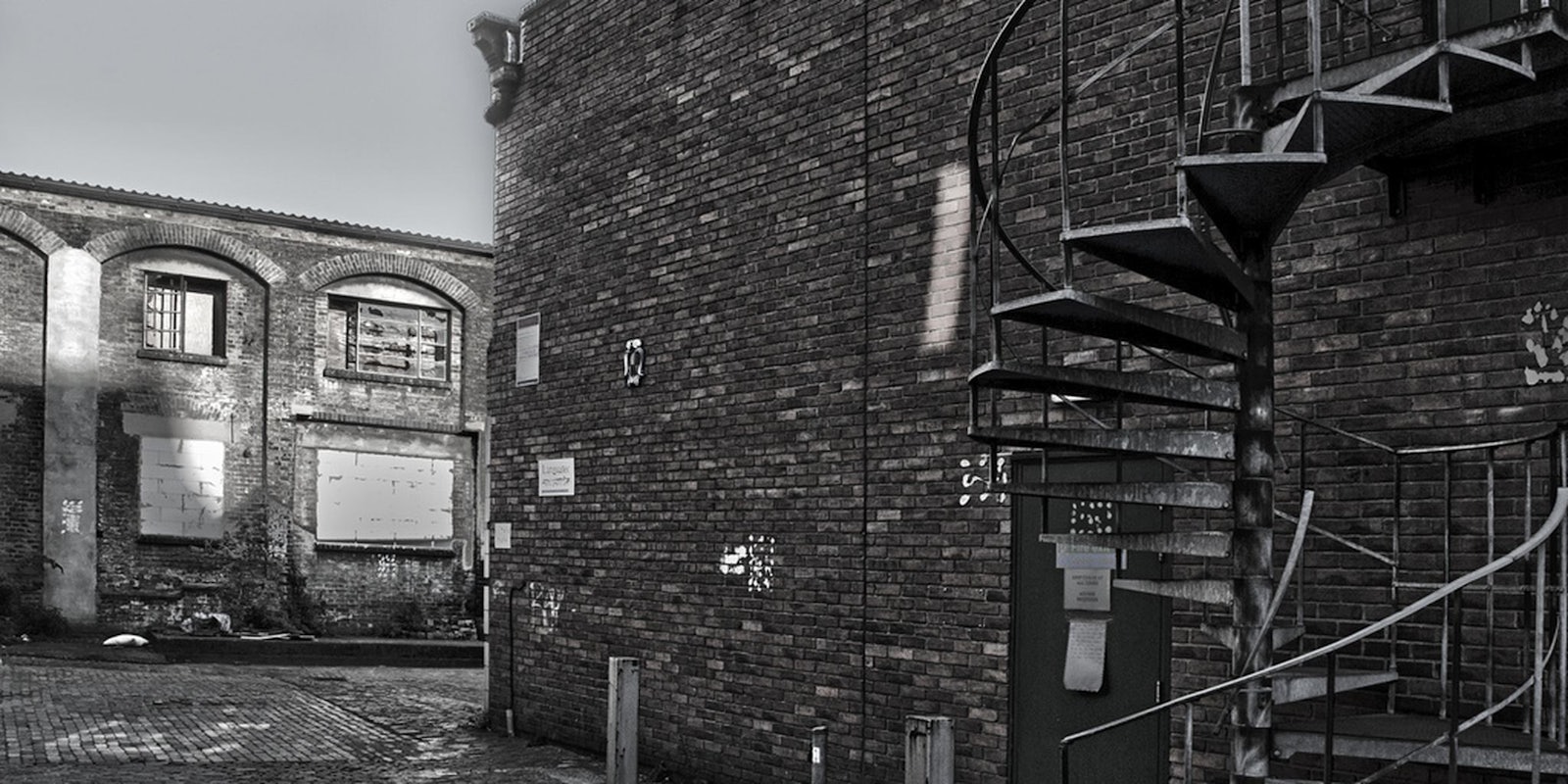Over a few terrifying months in 1888, the infamous murder Jack the Ripper slashed his way into the psyche of the world by brutalizing at least five women—known as the “canonical five” in the media—in the Whitechapel district of London. Recently, amateur sleuth Russell Edwards purchased a bloody shawl purported to be from one of the Ripper murder scenes at an auction and enlisted the help of Dr Jari Louhelainen, a world renowned genetic evidence analyst, to pull DNA from the shawl to finally identity who the mysterious killer was.
Even though the science behind the “definitive” answer has been proved dubious at best, the pair claims to have identified the sender of the infamous “From Hell” letter as Aaron Kosminski, a barber who worked in the area. For over 100 years, detectives amateur and otherwise have been trying to figure out who committed those heinous crimes, and over 100 possible suspects have been put under the microscope. But by letting Jack the Ripper be the star of these murders instead of the victims themselves, we’ve unwittingly highlighted how our relationship to violent crime is rooted in misogyny.
We’re all fascinated with crime, and the digital age has enabled that fascination to reach a fever pitch. Technology has allowed our society to experience gruesome events from the comfort of our own homes, and the “excitation-transfer” theory puts forth a possible reason for why we are so drawn to murder and violence: The theory suggests that people gain excitement from events they witness as though they are experiencing them themselves. People are able to live out the thrill of taking a life, or having their own life be in danger in a theoretical sense. That is enough to get their blood flowing.
Head on over to SerialKillersInk and you can purchase a copy of Jeffrey Dahmer’s transcribed confession for a mere fifty dollars. Even more recently, Casey Anthony’s personal clothes were purchased from a yard sale and the buyer attempted to sell them at auction. The draw to the macabre is nothing new; during the time of the Ripper murders, drawers and photos from the crime scene were a hot commodity and the papers were splashed with gory, sensationalist headlines. However, the Internet has provided people with an outlet that allows them access to bloody crime scene photos from the comfort of the couch, taking things to a whole new level.
In the case of the notorious and mysterious Ripper, people are quick to rattle off theories about who the possible killer could be, but the women who tragically lost their lives are simply known as his canonical victims, treated like the property of the superstar killer who murdered them. Society would rather lump Mary Ann Nichols, Annie Chapman, Elizabeth Stride, Catherine Eddowes, and Mary Jane Kelly into a group of “victims” instead of acknowledge them as individual women who lost their lives. Jack has been the center of the tale, rather than those who fell at the hands of his knife. “The Ripper Effect,” as some scholars have begun to call it, has turned this murderer into a Robin Hood type hero, which sensationalist journalism has perpetuated.
If you go to the Whitechapel area now, you can get your hair cut at Jack the Clipper barbershop. You can go on numerous tours to see where the murders occurred, and you can even play the Jack the Ripper game on your computer, complete with mutilated women and exposed breasts. Even Scotland yard is showing a display of artifacts from the Ripper case in order to fill a supposed 50 million budget gap.
The women who were murdered have become a commodity for people who are fascinated with the mystery behind who Jack The Ripper was. What they’re failing to notice, though, is how this consumerism is turning those women’s slaughter into a business. By making the victims a product for consumers to chew up and spit out, society is reinforcing the idea that women are merely objects. By turning women’s murders into business, society is devaluing their lives. It sends the message that a woman’s life is worth the loss if it cures our curiosities and if it gets cash flowing.
In the words of Gary Leon Ridgway, perhaps better known as the infamous “Green River Killer,” who slaughtered at least 48 young women:
My plan was I wanted to kill as many women I thought were prostitutes as I possibly could. I picked prostitutes as my victims because I hate most prostitutes and I did not want to pay them for sex. I also picked prostitutes for victims because they were easy to pick up without being noticed.
It’s telling that both killers targeted women known or believed to be sex workers, picking along the margins of society in the belief that they would never be caught.
Society needs to notice that the women who Jack the Ripper murdered should be at the center of these heinous crimes, and that letting the identity of the murderer be the focus of the story is misogynistic in itself. Perhaps we will never know who Jack the Ripper was; perhaps therein lies the fascination. However, it is unsettling to think that so many men get to be at the center of their crimes while the female victims fade into the background, drudged up only by Internet scouring when people want to feel close to evil. When they’re done, they can click away, but the victims are still dead.
Photo via Berit Watkin/Flickr (CC BY 2.0)
